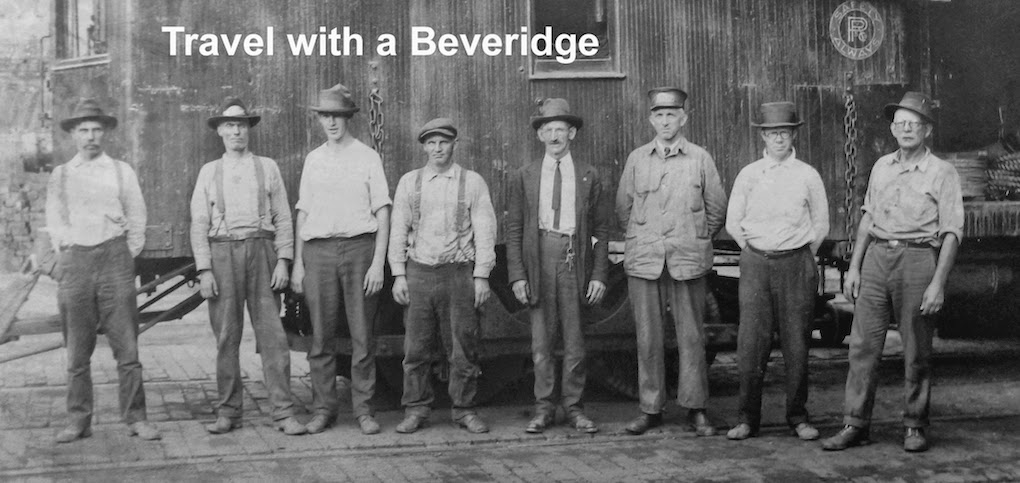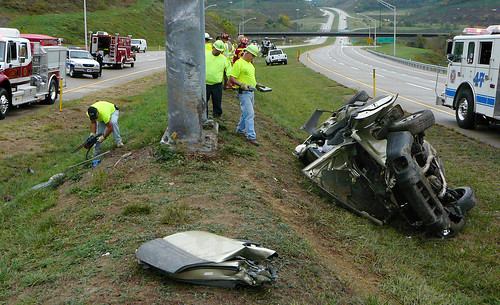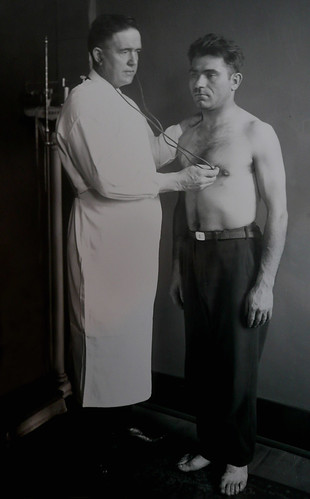
By Amanda Gillooly
There are certain places you’d never expect to be hit on. These places include, but are not limited to funerals and the gynecologist’s offices. Thankfully, I’ve never been asked, “What’s your sign?” while getting my lady parts examined. But funeral homes? Apparently they are now fair game.
Or maybe it was just Darrell.
I can’t imagine many people aside from him screaming, “Damn woman, you lookin' sexy” at a passing driver while standing outside a funeral home in Coraopolis.
But then, it was Darrell, so I should have considered the source. And if nothing else, I should appreciate his patience and tenacity over the past 13 years. Some women live their whole lives without ever having a man hit on them consistently for more than a decade.
My friends know who Darrell is all too well. He briefly attended my high school, where we all thought he was some kind of idiot savant. It was only a matter of weeks before we discovered that he was just an idiot.
I was on my way home from getting my hair did in Pittsburgh last Friday, when I heeded a traffic light on Fifth Avenue, and found myself stopped in front of the venerable Copeland’s Funeral Home. I was starring straight ahead, waiting for the green light to beckon me forward while flipping through the radio stations to avoid yet another Hootie and the Blowfish song.
And I hadn’t noticed the young black man staring at me from just outside that building until he shouted, “How you doin?” Hoping that the light would change, I didn’t respond. But then, about 20 seconds later he shouted loudly: “Hey girl, how you doin?”
I finally looked his way and gave a half-smile of acknowledgment when it hit me: This wasn’t the first time I’d been on the receiving end of this dude’s advances. In fact, after the shock wore off, I realized that the guy looking spiffy in the beige suit was in fact Darrell.
He is the same guy who followed me home from the bus stop when I was 15, walking way too close for comfort . Just when I was about to reach my doorstep he spoke: “Girl, how about we go out sometime?”
“Go out sometime?” I thought. But I said: “Uh, sorry I’m only 15.”
His response has been a joke since then: “Huh, I’ll wait!”
Although he then knew my age, it didn’t stop him from hitting on me (and friends) while at restaurants or while buying groceries. The weirdest thing is that he’d creep up from out of nowhere in places you couldn’t easily escape.
Just like last Friday. Stopped at a red light, I was trapped. When the light finally turned, I gunned it, afraid he’d approach the window and want an update on the last 13 years.
But he didn’t. He just bellowed, “Damn, woman you lookin’ sexy!” as I drove away.
I smiled and gave him a quick waive in the rear-view mirror. At that point I saw mourners in black stepping out of Copeland’s, and doubted they appreciated the exchange as much as I did.


















